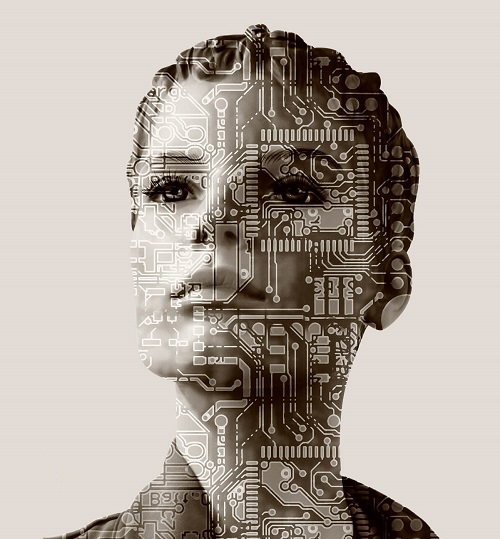http://scitechconnect.elsevier.com/1-billion-human-brain-project-blows-your-mind/
As a society living in a 21st century, we have just begun to realize how little do we know about our brain. We desperately need to understand how our brain works, so we can develop new treatments for different mental and neurological disorders. This has become one of the greatest challenges in modern science.
Computing technologies represent some kind of new hope in this quest for better understanding of our three-pound pink organ, that is why lately the Human Brain Project (HBP) is grabbing all the media attention in the Neuroscience sphere.
 The HBP is a €1.2 billion worth and 10 years long global project that will give us a deeper and more meaningful understanding of how the human brain operates. It is comprised of 130 research institutions throughout Europe and coordinated through the Ecole polytechnique fédérale de Lausanne (EFPL) in Switzerland (1).
The HBP is a €1.2 billion worth and 10 years long global project that will give us a deeper and more meaningful understanding of how the human brain operates. It is comprised of 130 research institutions throughout Europe and coordinated through the Ecole polytechnique fédérale de Lausanne (EFPL) in Switzerland (1).Experimental mapping of the brain turned out to be a dead end, given that it takes 20,000 experiments to map just one neural circuit and that our brain consists of 100 billion neurons and 100 trillion synapses. The HBP came up with a better solution by building the first human brain model. These are neuromorphic computing systems which use the same basic principles of computation and cognitive architectures as the brain (1, 2, 3, 4).
The plan is to determine fundamental principles of how neurons are connected and use those principles to construct statistical simulations. A simulation model will then predict how the certain parts of the brain, for which we have none or little experimental information, are wired and then compare the results with real biological data. In other words, the idea is to find some underlying principle that governs brain’s morphology and reverse-engineer the human brain with the help of supercomputers (1, 2, 3).

Nevertheless, the grand plan of creating a perfect brain model does not stop here. Henry Markram, neuroscientist and co-director of this ambitious project, envisions this feat even a step further. He wants to unite the brain simulation with a medical informatics platform. This means all the available clinical data on mental diseases from public hospitals and pharmaceutical companies would be integrated in the simulation model. This way, experts could systematically study healthy subjects and patients with various conditions and draw some empirical correlations between mental diseases and biological causes. “The final stage would be to use this new biologically grounded classification system to develop new diagnostic tools and suggest strategies for drug development and treatment” explains Markram (3).
A project director also thinks of connecting the brain simulation with a robot, where the robot would be able to see and hear its environment. Researchers could then introduce distortions to the simulation to mimic for exp. an autistic brain and examine an autist’s experience of the world. This would definitely represent a huge breakthrough in Medical informatics and also in Informatics in general (1, 3).
Understanding the brain is vital, not just for diagnosing and treating brain diseases but also for the development of new brain-like technologies such as neurorobotics and neuromorphic computing. These brain-like technologies can bring us new tools and methods to study plasticity of the brain and to develop embodied neural systems in artificial software and hardware devices, machines, robots, etc. In order to achieve this, we also have toexplore new computing architectures that mimic biological neural structures with the purpose of achieving the computational capabilities of such systems with similar volume and energy efficiency (5).
These are all the challenges that scientists working on Human Brain Project still have to overcome. In the meantime, the whole world remains in restless expectation of their new discoveries that will reveal how the most complex organ in our body works.
By Blazka Orel, Msc, BioSistemika LLC
No comments:
Post a Comment